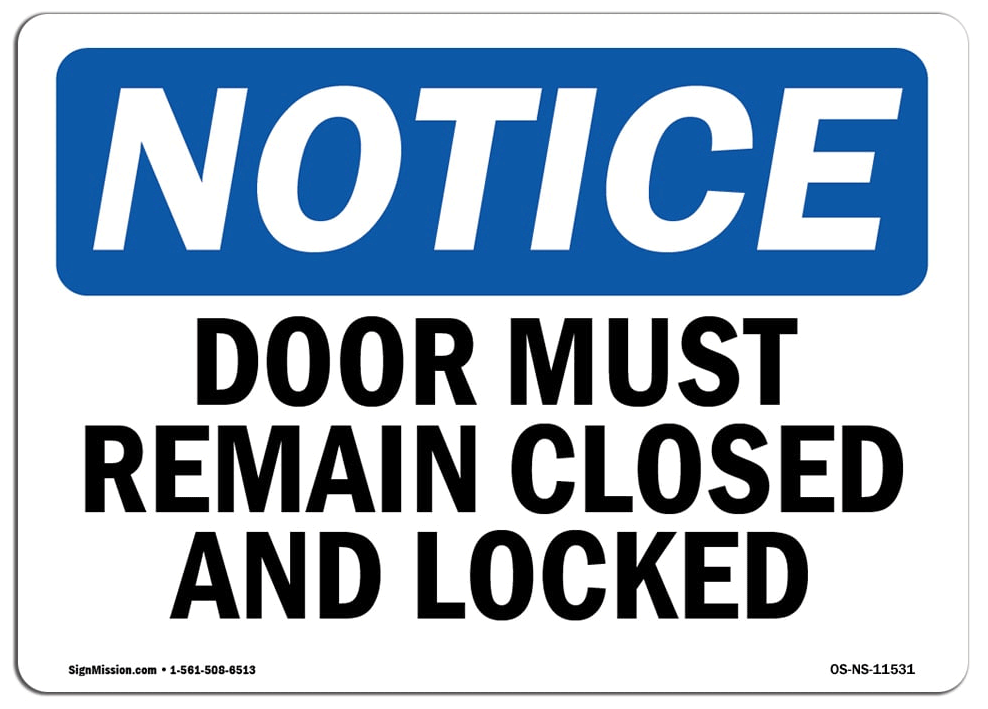I love analyzing business rules. Early in my career I spent time working in the artificial intelligence field. Believe it or not, AI actually existed before ChatGPT! A lot of the early work in AI revolved around what are known as “rules engines”. Rules engines interpret business rules that have been captured in a user-friendly representation, reducing the need for developers to make coding changes each time a rule changes.
While a rules engine can be a powerful tool, by itself it doesn’t address some key challenges that organizations face in analyzing and managing their business rules. The BABOK Guide v3.0 defines a business rule as a “specific, testable directive that serves as a criterion for guiding behavior, shaping judgments, or making decisions”. But why do we care about them? How can we use them once we’ve finished the current project? And what’s so hard about analyzing and managing rules?
The Value of Business Rule Analysis
Business rules are often what set us apart from our competition. They define the way we do business and how we interact with our customers. Ideally, we would like everyone in our organization to understand and apply our business rules consistently. In my experience that rarely happens. How many of you will admit that you’ve called customer service more than once, hoping to get a more favorable answer from a different representative?
As business analysts we can help our organizations define, analyze, capture, and share business rules throughout the organization. This drives significant benefits, including:
Consistent Application Across the Enterprise
Individuals at many levels in our organizations must make decisions. Some of those decisions are relatively straightforward; many of them are more complex. If we rely upon “tribal knowledge” to guide these decisions, we are likely to get inconsistent results. Those inconsistencies can result in confusion, errors, and inefficiencies, ultimately impacting customer satisfaction and profitability.
Keep in mind that decisions can be deceptively difficult. Amazon’s 30-day free return policy is really straightforward…until you read the fine print.
Increased Compliance
Many organizations operate in a highly regulated environment. Examples include insurance, healthcare, transportation and energy companies. Failure to comply with regulations can result in fines, loss of business, damage to brand reputation, or even being forced to stop operating until violations are addressed.
In addition to ensuring that business rules are understood by everyone in our organization, having clearly documented rules can provide a level of assurance and transparency to regulatory agencies. It’s much easier to convince an auditor that you’re following the rules if you can provide them with a clear definition of those rules.
Reduced Risk
Not all risks can be addressed by documenting rules and making sure employees follow them. In fact, organizations will often knowingly incur risk when the possible reward is great enough. Risks that generate no benefit to the company – like unauthorized or inappropriate actions — can be reduced through the consistent application of known business rules.
Companies with well-documented business rules can also better defend themselves against potential litigation, particularly if employees document their actions.
Increased Agility
Business rule visualization techniques like decision models and flowcharts can help identify opportunities for improvement and innovation. They can also help organization scale rapidly and respond quickly to changes. After all, you can’t expect to change your business rules quickly if you don’t have a clear understanding of what they are.
Business Rule Re-Use
We often think of business rules strictly from the perspective of software development projects. But not all business rules end up in software. Many rules govern manual processes, like an employee accepting a return in a retail store. We can certainly benefit from re-using business rule information across multiple software projects – and we can also benefit from re-using that information in other ways.
Enhanced Efficiency and Decision-Making
If employees have clearly defined rules to follow, they spend less time making decisions. They will also typically make fewer errors, which results in less waste and rework.
Onboarding/Training
A newly-hired employee can come up to speed much more quickly when the rules for their job are clearly defined and can be easily shared with them. This is helpful in any organization, and is even more beneficial in organizations with seasonal workforces where large numbers of individuals need to be hired and onboarded in a relatively short period of time.
Improved Workforce Safety
Rules and operating procedures for the workplace not only help decrease a company’s liability, but also reduce the likelihood of accident, injuries, or other incidents occurring.
Customer Transparency
Clearly documented rules and policies benefit customers as well. Don’t you appreciate being able to go to a company’s website to view their return policy? Or their shipping charges? I know I do.
How hard can it be?
They’re called “business rules”. Doesn’t that mean the business should document them? I mean, how hard can it be?
One of my most daunting assignments ever was helping an insurance client interpret the Affordable Care Act when it was first signed in to law. There were over 900 pages of legislation that we had to comb through. I really believe it takes someone with a strong analytical skillset to take apart something like that –it was a mess – and turn it into a representation that could be used to guide the business.
During my AI days I learned that identifying and analyzing business rules is as important (if not more important) than how they’re represented. Creating a solid set of business rules isn’t easy. The other day I read about someone who said they had “3000 rules slammed into a rules database. No one has any idea if there are conflicting rules when a new one is added.”
One of my favorite quotes about business rules says “Some rules are nothing but old habits that people are afraid to change.” As analysts we bring value by ensuring that our business rule sets measure up to these 4 C’s:
C
omplete
C
oncise
C
orrect
C
onflict-Free


Kathy Claycomb
Managing Partner, Lead Expert
Kathy Claycomb brings over 35 years of experience to the classroom. She has participated in all phases of solution development using everything from agile to waterfall methodologies (and quite a few in between). Before joining B2T, her career spanned roles from application developer to Senior Director of Services at various organizations. Kathy has broad industry background including transportation, manufacturing, insurance, energy, healthcare, and banking.
Kathy’s first love is teaching, and throughout her career she has always managed to spend a portion of her time instructing. She has an engaging, highly interactive teaching style that ensures students leave the course with a thorough grasp of the material. Her students consistently praise her teaching abilities and her talent for drawing on her personal experience to enhance their learning.
Kathy served as the Technical Editor for Business Analysis for Dummies, 2nd Edition.

